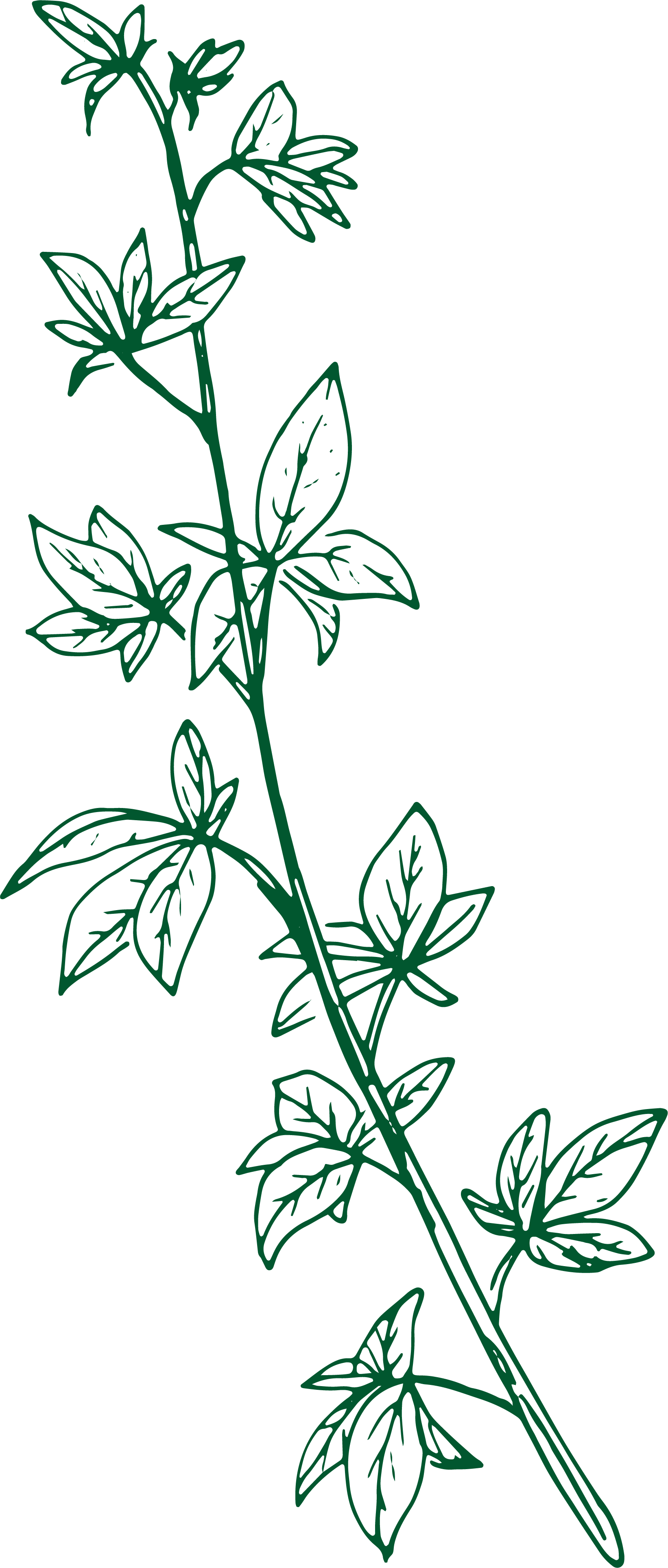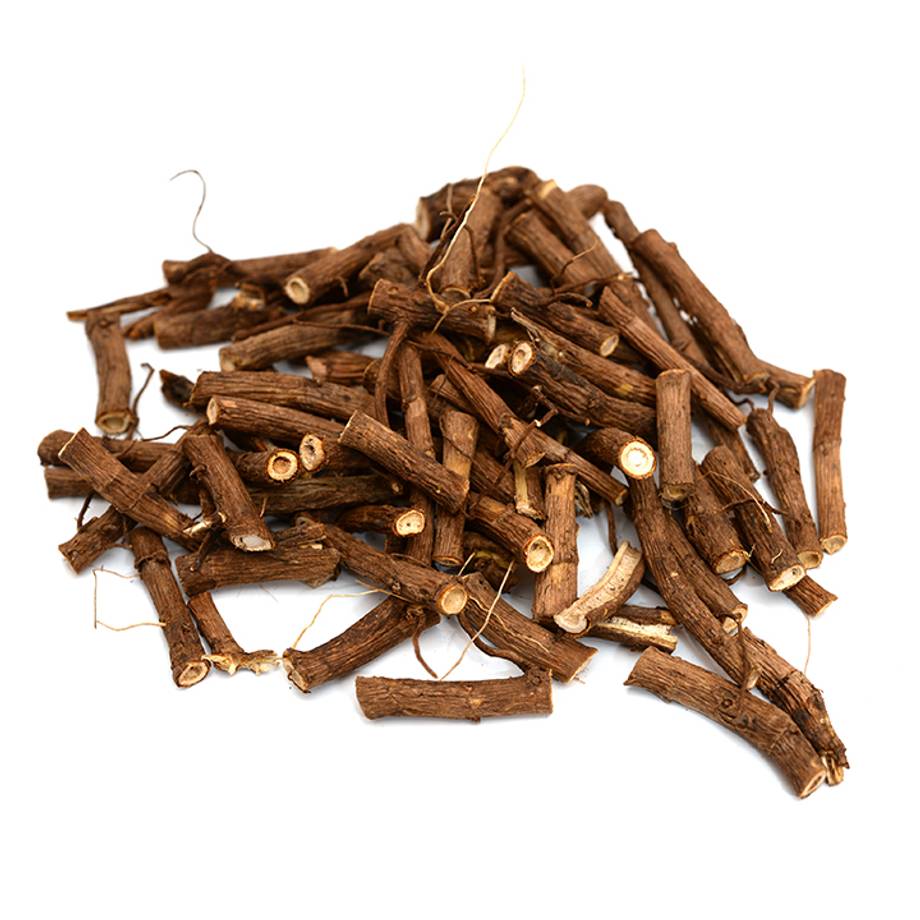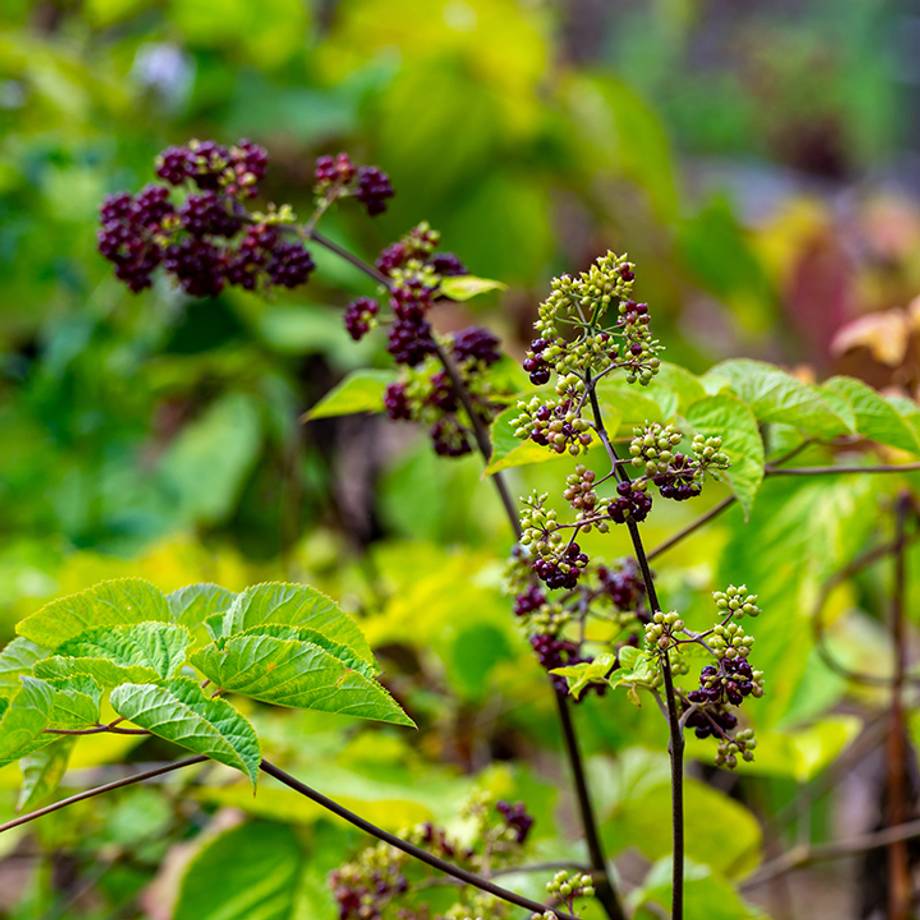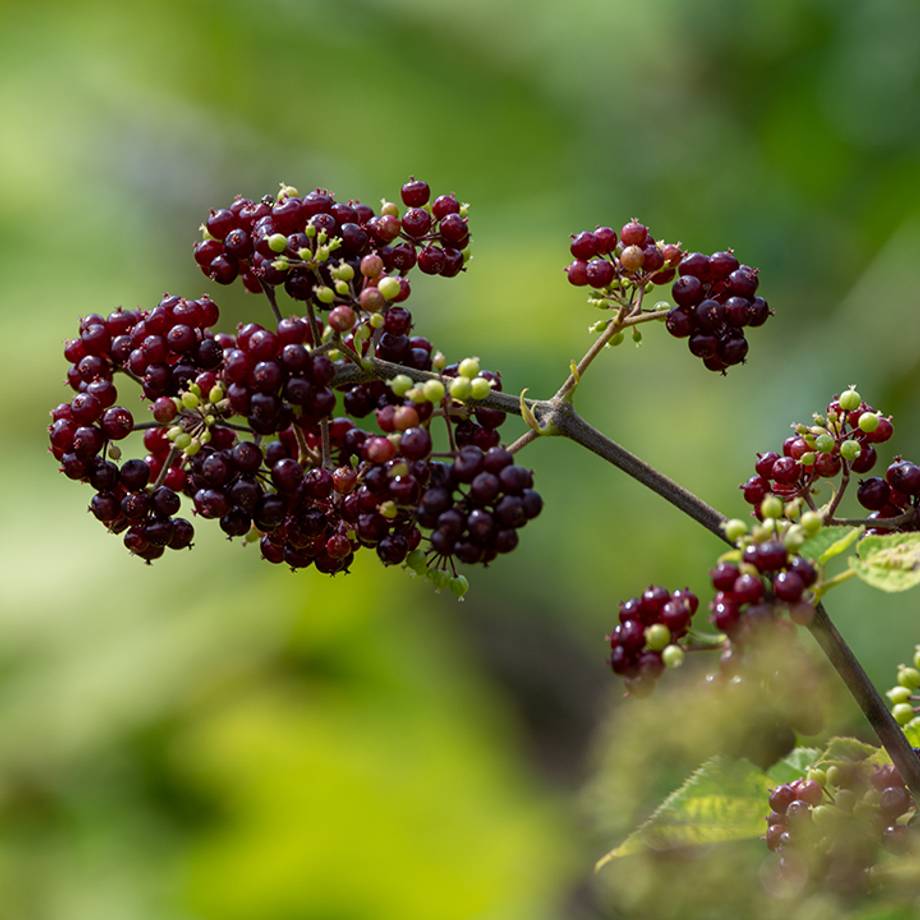
More Eleuthero info
The adaptogenic herb with “astronomical” powers.*

Eleuthero has adapted to thrive in rugged native ecosystems, including the extreme cold of the Siberian forests. Similarly, this adaptogen helps our bodies thrive under immense stress. This hearty root has been used for thousands of years to boost energy, fight fatigue, bolster immunity, and support cognitive function.* In Traditional Chinese Medicine (TCM), eleuthero is known as a Qi tonic, which promotes whole-body vitality. In modern-day herbalism, it's called an adaptogen, an herb used over time to help the body stay resilient against life's everyday stressors.*
Part of eleuthero's magic lies in its rich bioactive compounds, notably eleutherosides. These well-studied compounds are found in the roots and stems and are primarily responsible for the plant's adaptogenic nature. They empower your body to adapt and overcome, and are scientifically proven to support your body in modulating stress and enhancing physical and mental performance.*

Native to Northeast Asia, eleuthero has been used for centuries in traditional medicine like Traditional Chinese Medicine (TCM). In TCM, it’s widely used as a warming and invigorating Qi tonic that supports the spleen, liver, and kidneys. It also lives in a category of herbs believed to dispel “wind dampness,” which blocks Qi and can cause joint pain, swelling, and other forms of stagnation.*
In more recent history, eleuthero gained attention when two scientists in the former Soviet Union studied it. Dr. Nikolai Lazarev and Dr. Israel I. Brekhman conducted extensive research on eleuthero's medicinal properties during the mid-20th century, and during that time, they coined the now widely used term “adaptogens.” Since then, Russian Olympic athletes, astronauts, explorers, divers, sailors, and miners have all used eleuthero to prevent stress-related conditions.

When fully grown, eleuthero, also known as Siberian ginseng, has ginseng-like leaves and delicate white flowers that give way to striking blue-black fruits. It’s native to Asia and can be found growing in the cold Siberian forests of Russia, northeastern China, and Japan. The roots are used in herbalism and can be harvested after several years of growth to be used in teas, tinctures, powders, and more.
This woody perennial shrub grows slowly to a height of up to 2 meters (6.6 feet) and is hardy to zone 3. Its flowering season typically occurs in July across most habitats, with hermaphroditic flowers that insects pollinate. More recently, eleuthero has adapted to growing in the northwestern United States, in the forests of California, Oregon, and Washington. Eleuthero's resilience and ability to thrive in diverse environmental conditions represents its strength as an adaptogen.
Products that contain Eleuthero
Additional Information
Important Precautions
Consult your physician before use if you have high blood pressure. Do not exceed two months of continuous use. Not recommended for use with children under 12 years of age.
Legal Disclaimer
The information and other content in this article are designed to provide a general overview of the botany, cultural history, and traditional uses of this herb. It is not intended and should not be construed as health advice. Every person is unique and you should consult with your health care provider before using any herbal product or supplement.
Become an Herb Nerd & Get 10% Off!
Herbal tidbits, DIY plant projects, exclusive discounts, and recipes to follow the seasons delivered straight to your inbox.





